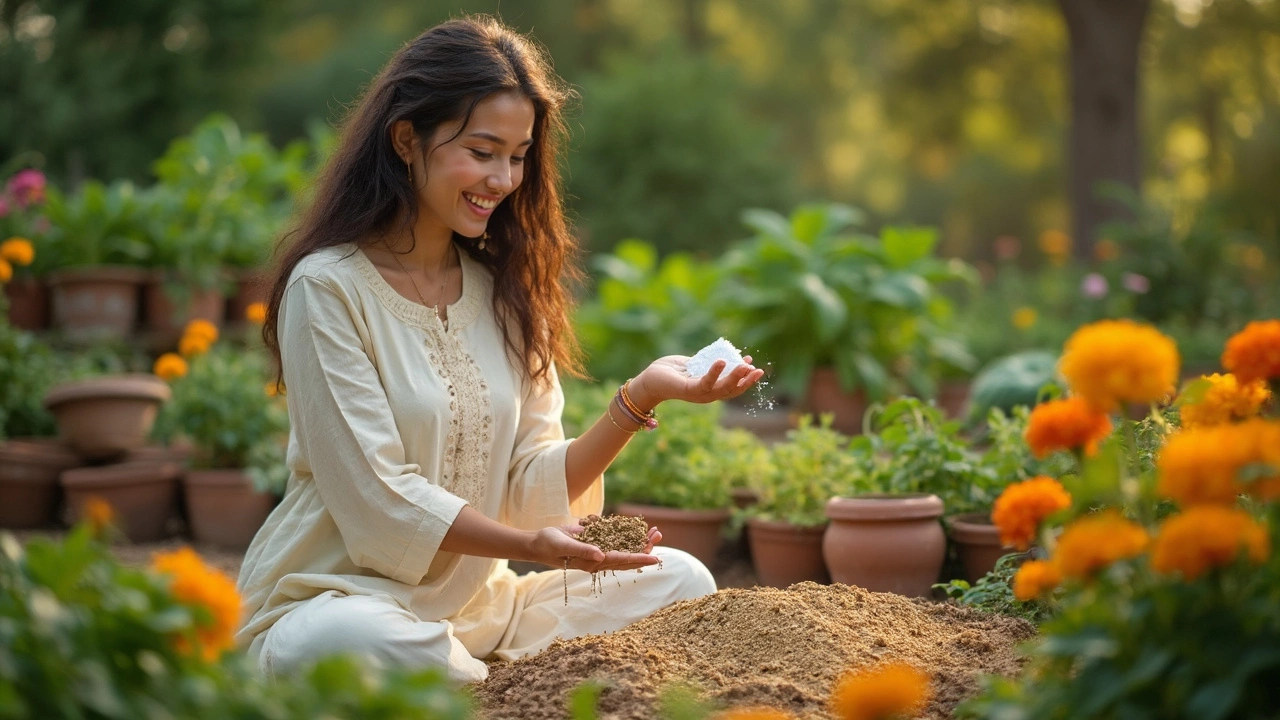Curious if vermiculite or perlite is right for your garden? This article breaks down the real differences and helps you decide what’s best for your plants. We’ll look at how each works in the soil, their pros and cons, and which situations suit them best. Get handy tips and facts straight from real-life gardening experience. Let’s get practical about boosting plant growth.
Moisture Retention: How to Keep Soil Wet Longer Without Overwatering
When you're trying to grow plants in India’s hot, dry spells, moisture retention, the ability of soil to hold water so plants can access it over time. Also known as water-holding capacity, it’s what separates plants that survive from those that wilt by noon. It’s not about watering more—it’s about keeping what you’ve already added where it belongs: in the root zone.
Good moisture retention, the ability of soil to hold water so plants can access it over time. Also known as water-holding capacity, it’s what separates plants that survive from those that wilt by noon. doesn’t come from fancy gadgets. It comes from what’s in the dirt. compost, decayed organic matter that improves soil structure and water absorption. Also known as organic matter, it’s one of the most powerful tools for holding water in sandy or clay soils. A handful of well-rotted compost can turn fast-draining soil into a sponge. mulch, a layer of material like straw, leaves, or wood chips placed on top of soil to reduce evaporation. Also known as soil cover, it blocks the sun from baking the surface and cuts water loss by up to 70%. And then there’s drip irrigation, a system that delivers water slowly and directly to plant roots. Also known as precision watering, it’s not just efficient—it’s essential in places where every drop counts. These aren’t optional upgrades. They’re the baseline for any garden that wants to thrive in India’s unpredictable climate.
Why does this matter? Because watering every other day isn’t sustainable. It’s expensive. It’s wasteful. And it doesn’t even work well if your soil just lets water run through like a sieve. When you improve moisture retention, you cut down on watering frequency, reduce stress on plants during heatwaves, and save time. You’ll notice it when your basil doesn’t droop at 3 p.m. or your tomatoes don’t crack from sudden dry spells. The posts below show you exactly how to fix poor soil, choose the right mulch, fix leaky drip lines, and use compost to turn dry patches into green zones—no guesswork, no fluff, just what works in real Indian gardens.
